3 Japan Popular Arts - Ikebana, Origami, Landscaping
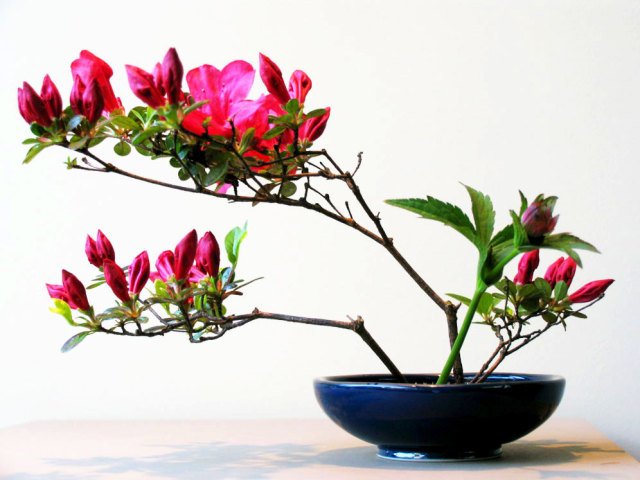
Ikebana is the classical art of flower arrangement. It was introduced in the 16th century by the Chinese Buddhist missionaries who made a tradition of offering flowers to the Buddha. The Japanese take their flower arrangement or ikebana very seriously with "grand masters" teaching it in special collages. A lot of religious aspects as well as the rules about adhering to natures way are involved. For instance, a flower must never be placed higher than a tree branch nor a mountain plant lower than a field plant. It is of utmost importance that no one should do flower arrangement when tensed or depressed.
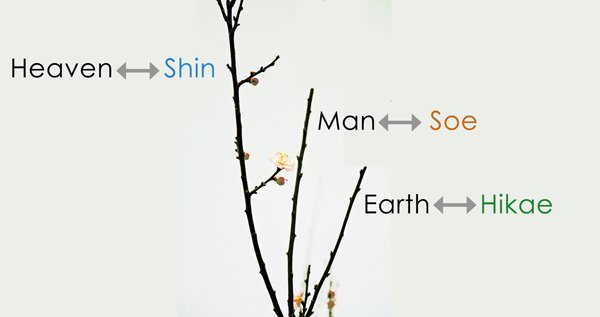
(A typical Japanese flower arrangement follows three principles: Heaven, Man and Earth represented by three sprays or stems)
The rikko style of flower arrangement is the most common and popular of all ikebanas. The typical Japanese arrangement follows three principles: Heaven, Man and Earth represented by 3 sprays or stems. The highest spray represents heaven and falls on the central axis of the vase. The second spray or stem represents man. The third spray representing earth is the lowest and placed opposite the second spray.
One of the most striking attributes of this flower arrangement is that it always gives an impression of natural growing plants. It is never overcrowded and appears very simple. The Japanese consider odd numbers lucky, so their arrangement usually has 11,9, 7, 5 or 3 flower stems or sprays.
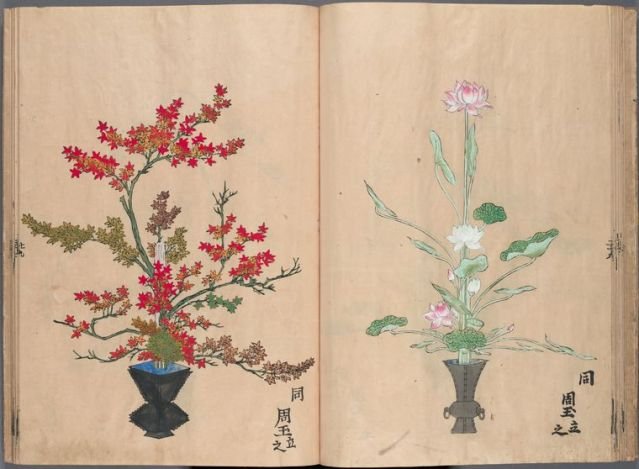
Origami is the art of paper folding made by the Japanese. It has reached its greatest development with hundreds of traditional folds. There are two kinds of origami. One is the origami used in ceremonial etiquette among which is the folded decoration attached to gifts.
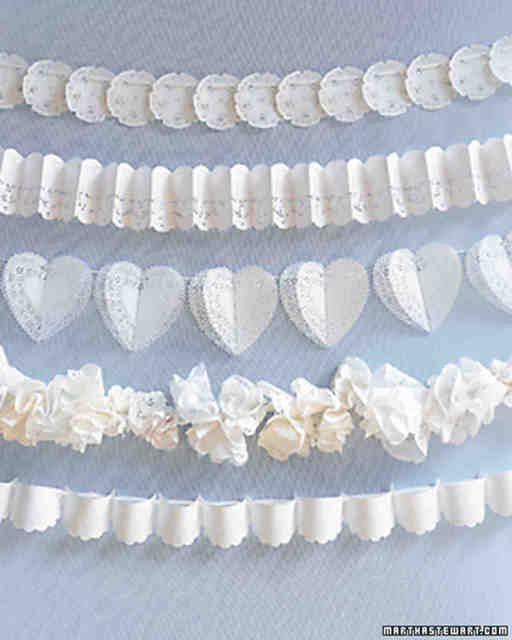
The most common type of origami is the second kind which is composed of birds, animals, insects, blowers and other objects.
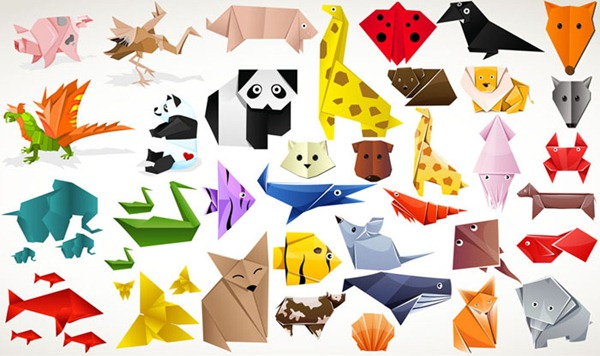
Every Japanese young or old knows how to make origami. One of the most common is the crane or bird that flaps its wings when the tail is pulled.
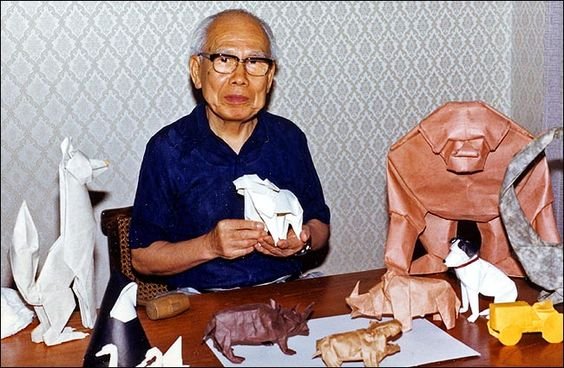
(Akira Yoshizawa of Tokyo is considered the greatest of modern paper folders.)
Landscaping is the artificial arrangement of outdoor areas to achieve a purely aesthetic effect.
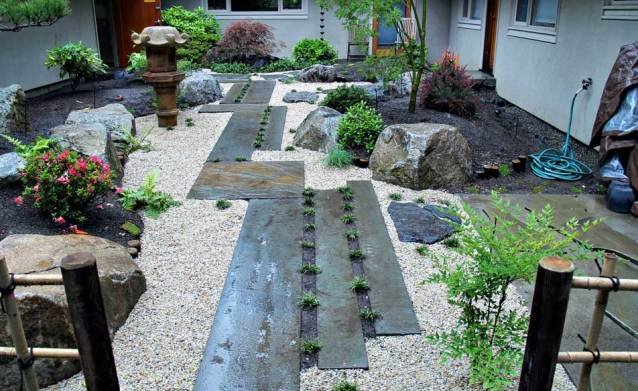
Japanese architecture is characterized by the intimate relationship between the building and its natural setting. There is no dividing line which separates the house and the garden. The interior and exterior space interact with each other. There is a feeling of space and quiet in the uncluttered interior with the Lanai or sliding doors and screen reflecting the green and beautiful garden outside.
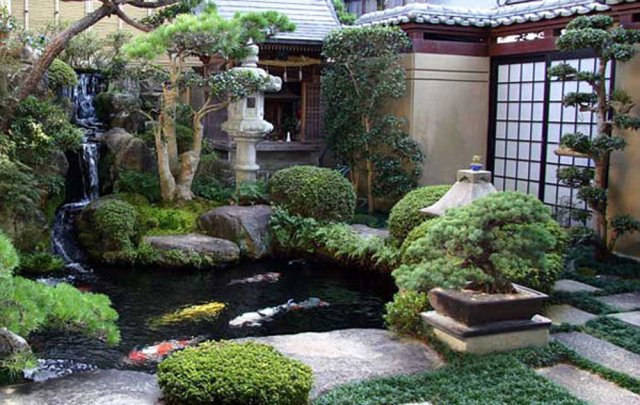
The landscape artist makes use of the terrain as his basic medium along with the sand, rocks, water and plants found on it. He gives artificial forms to trees and shrubbery by pruning and shaping them to blend structurally with the architecture. Sometimes, he/she adds pools fountains, lantern and benches depending on the desire of his/her client. Sometimes, he/she uses sand and rocks to imitate streams and falls.
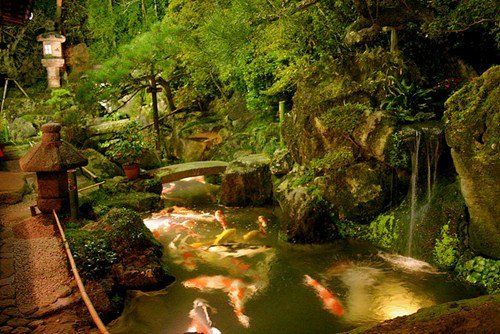
Images Source: 1 | 2 | 3 | 4 | 5 | 6 | 7 | 8 | 9
Youtube Video Source: Ben Huybrechts
References:
https://en.wikipedia.org/wiki/Culture_of_Japan
https://en.wikipedia.org/wiki/Japanese_art
https://web-japan.org/kidsweb/explore/nature/
My Previous Post - 3D Santa Penguin Origami
https://steemit.com/art/@lapilipinas/3d-santa-penguin-origami
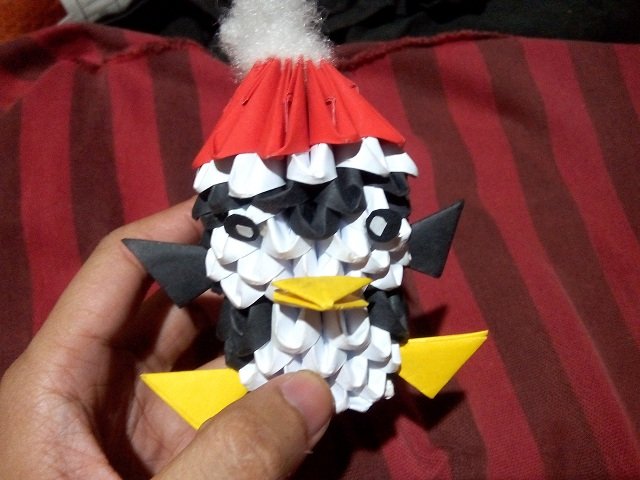
Follow me @lapilipinas
not every day... every seconds.. :D the choices always their waiting to choose..
I like your optimism :)
thanks.... hahaha
I had just been to Tokyo February this year and and enjoy Japanese culture very much. Thanks for sharing.